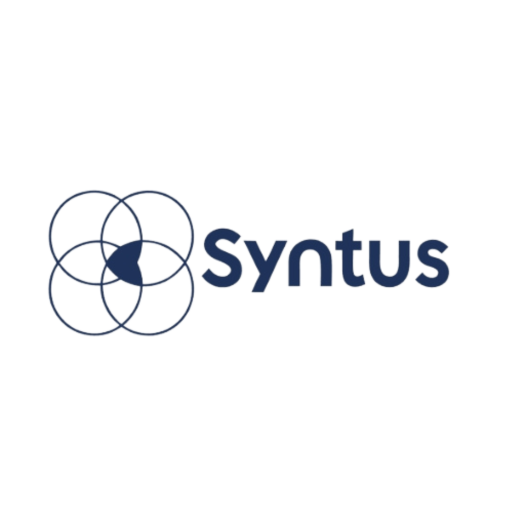Assignment | Social Media Networks | Reading Lesson
Social Media Principles in Educational Settings
The reading text on social media networks presents several key concepts that can be effectively applied to educational contexts, particularly regarding how schools and universities can develop appropriate policies for technology use in classrooms. Three fundamental principles emerge from the text: the tension between convenience and quality interaction, the impact of digital distractions on productivity, and the importance of establishing reasonable boundaries rather than implementing total prohibitions.
The concept of balancing convenience with quality interaction is particularly relevant to educational technology policies. Just as the reading notes that social media makes keeping in touch “easy” but potentially reduces “face-to-face” interaction, educational institutions must consider how classroom technology offers convenient access to information while potentially diminishing valuable in-person learning experiences. This principle could be applied to decisions about laptop use during discussions, where the convenience of note-taking and research must be weighed against the quality of student engagement. Unlike in social contexts where the primary concern is friendship maintenance, in educational settings this balance directly impacts learning outcomes and skill development. Schools might implement “device-free discussions” for portions of class time to ensure that convenience doesn’t consistently override quality interaction.
The reading’s discussion of workplace productivity concerns translates directly to classroom distraction issues. The text notes that “social networking on the job is a common cause for dismissal” and companies “block popular websites” due to productivity concerns. In the educational context, this concept manifests as student distraction during learning activities, which can significantly impact academic performance. However, unlike workplaces where employees might face dismissal, educational settings must develop age-appropriate consequences that focus on learning rather than punishment. Schools might implement monitoring software similar to workplace solutions, but the goal would be developing self-regulation skills rather than enforcing compliance.
Perhaps most applicable is the text’s suggestion of finding a “happy medium” rather than implementing total prohibition. This principle could transform how schools approach technology policies, moving from binary “allowed/forbidden” rules toward contextual guidelines that teach discernment. Just as the reading suggests waiting “until your break to check” social media, schools could designate specific times when social media use is appropriate (between classes, during lunch, for specific assignments) while maintaining technology-free periods. This approach acknowledges technology’s role in students’ lives while teaching valuable boundaries that will serve them in future workplaces.
The implications of applying these principles to educational settings are significant. Schools that successfully implement balanced technology policies may better prepare students for workplace expectations while still acknowledging digital communication’s importance in modern life. However, the complexity of monitoring and enforcement in educational settings exceeds what’s described in the workplace context, requiring additional resources and training. Nevertheless, educational institutions that thoughtfully apply these concepts will likely produce graduates who understand how to leverage technology’s benefits while minimizing its potential negative impacts on learning and social development.
8. Extended Summary and Response
Reading Skill Focus: Comprehensive understanding and personal response IELTS Application: Summary completion, note-taking, personal viewpoint development Estimated Time: 35-40 minutes
Learning Objective
In this assignment, you will practice both objective reporting of text content and subjective analysis, demonstrating your ability to distinguish between the author’s ideas and your own response.
Assignment Instructions
After reading the passage, write a comprehensive summary of the text, capturing all key points objectively. Then, write a personal response addressing the ideas presented in the text, drawing on your own knowledge and experience.
